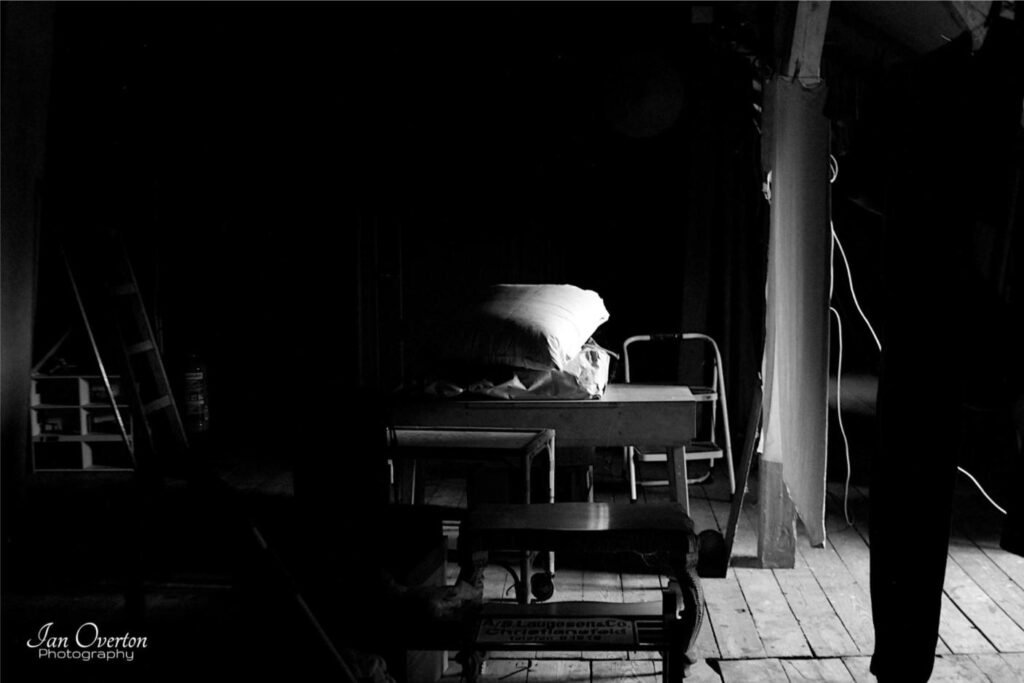Introduction
Monochrome photography strips away the distractions and lays bare the raw interplay of light and shadow in a world saturated with colour. This stark contrast—this dance between light and dark—is where monochrome photography finds its soul. Without colour to guide the viewer’s eye, tonal contrast, texture, and composition must carry the emotional and narrative weight of the image. Understanding how to use light and dark effectively can elevate monochrome photography from the ordinary to the unforgettable.
1. The Essence of Contrast
At its heart, monochrome photography is about contrast—not just in terms of brightness, but in emotion, texture, and mood. High contrast images use deep blacks and bright whites to create visual impact and drama. Low contrast scenes, on the other hand, may evoke subtlety, melancholy, or calmness through a more limited range of greys.
Tip: Study the way natural light falls on your subject at different times of day. Early morning and late afternoon (“golden hour”) often provide softer, angled light, while midday sun produces hard shadows and starker contrasts.
2. Light as a Sculptor
In monochrome, light becomes the tool that sculpts shape and reveals form. Side lighting can emphasize texture, like the rough bark of a tree or the wrinkles on a face, while backlighting can create dramatic silhouettes. The absence of colour heightens our perception of structure and volume.
Try this: Use window light for portraits. The directional light creates natural gradients and soft shadows, enhancing depth without the need for complex lighting setups.
3. Shadows as Storytellers
Shadows in monochrome photography are not just voids—they’re vital storytelling elements. They add mystery, mood, and a sense of place. A well-placed shadow can lead the eye, imply motion, or even stand in as a subject in its own right.
Creative idea: Shoot urban scenes at night or during the “blue hour” using available streetlight or neon signage. The stark contrast between artificial light and surrounding darkness creates cinematic, noir-inspired images.
4. Zone System and Exposure
Developed by Ansel Adams and Fred Archer, the Zone System is a useful framework for managing exposure in black-and-white photography. It divides the tonal range into 11 zones, from pure black (Zone 0) to pure white (Zone X). Understanding how your camera sees these zones helps you place your key elements in the optimal part of the range to maintain detail and impact.
Pro tip: When shooting in RAW, slightly underexpose highlights to retain detail, knowing you can bring up shadow areas in post-processing without introducing noise.
5. Post-Processing for Impact
Editing plays a crucial role in refining monochrome images. Adjusting contrast, dodging and burning (selectively lightening and darkening areas), and fine-tuning blacks and whites can bring out details or simplify a composition to its essence.
Conclusion
Monochrome photography is more than just black and white—it’s a medium that invites us to look deeper. By mastering the relationship between light and dark, photographers can tell powerful, timeless stories that resonate across cultures and generations. Whether you’re capturing the quiet dignity of a portrait or the stark beauty of a city street, remember: in the world of monochrome, it’s not what you see, but how you illuminate it.
